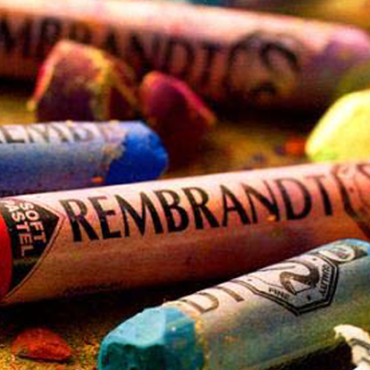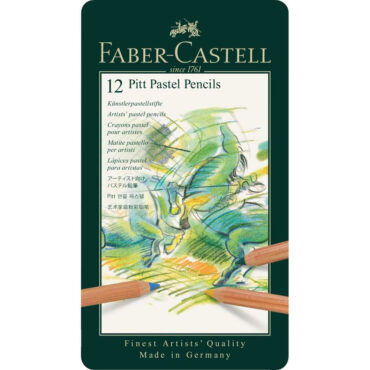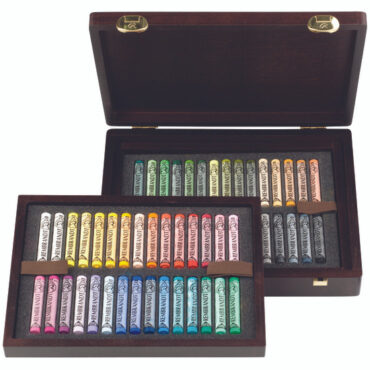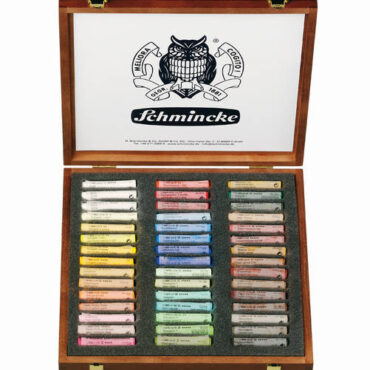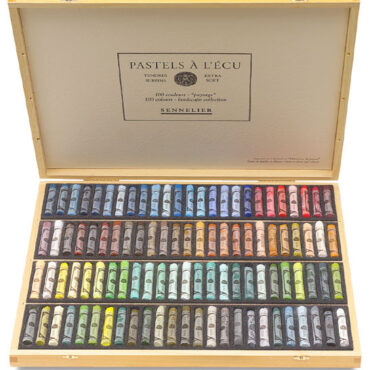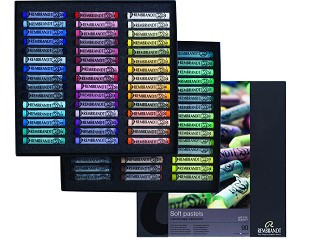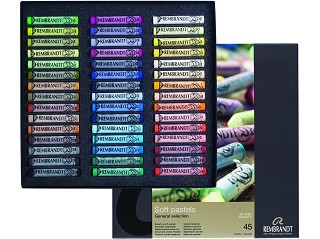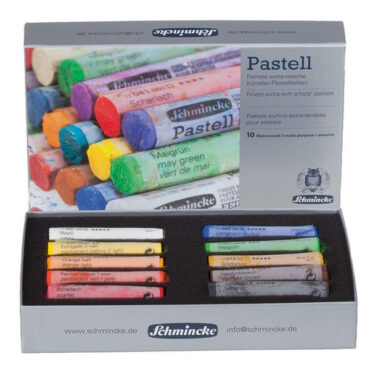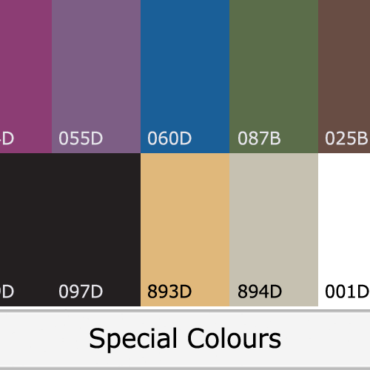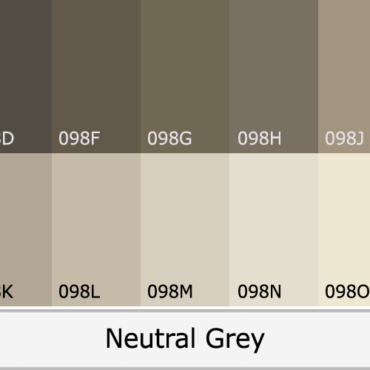Category: Soft Pastels
 Soft Pastels offer brilliant colors and high pigmentation. They are ideal for artists who wish to use intense colors. They offer a lot of diversity, as they are mixable, wipeable, and water soluble. They can be used to achieve a wide range of drawing effects, from crisp lines to soft feathery textures.
Soft Pastels offer brilliant colors and high pigmentation. They are ideal for artists who wish to use intense colors. They offer a lot of diversity, as they are mixable, wipeable, and water soluble. They can be used to achieve a wide range of drawing effects, from crisp lines to soft feathery textures.
Historically, pastels can be traced back to the 16th century and have been used by many famous artists, but they became especially popular in the 19th century. Delacroix, Manet, Renoir, Toulouse-Lautrec, Whistler and Degas all used pastels for finished work as well as for sketches. Because they have no liquid binder, they do not degrade over time. Soft Pastels are the most popular form of pastels and have more pigment and less binder than other forms of pastel. They are most popular with professional pastel artists
Advantages
- More pigment and less binder than hard pastels and pastel pencils. Consequently the colours can be brighter and more saturated.
- Very easy to smudge and blend soft pastels
- The whole pastel can be used in a variety of ways to create a variety of marks and coverage of the paper
- Drop the pigment load faster and consequently covers the support faster than any other type of pastel
Challenges
- More difficult to use with skill
- As with any media it’s easy to produce “mud” colours if smudging and blending without a good knowledge of how colours work together
- More difficult to get a point or sharp edge
- Depending on the support used, soft pastels can fill the tooth of a support quickly
- Finished drawings made with soft pastels require protecting, either framing under glass. Unless ‘cured’ they also need spraying with a fixative to prevent smudging.



